If you've noticed moisture under your kitchen sink, you may be wondering how to fix the issue. The good news is that there are several simple solutions that can help eliminate moisture and prevent it from coming back. Here are some tips to help you fix moisture under your kitchen sink.How to Fix Moisture Under Kitchen Sink
Before you can fix moisture under your kitchen sink, it's important to understand what is causing it. One common cause is plumbing leaks, which can be caused by worn out seals or faulty pipes. Another cause is condensation, which can occur when warm, humid air comes into contact with cold surfaces. Additionally, high humidity levels in your home can contribute to moisture under your kitchen sink.Causes of Moisture Under Kitchen Sink
The best way to deal with moisture under your kitchen sink is to prevent it from happening in the first place. One way to prevent moisture is to regularly check for and fix any plumbing leaks. You can also use a dehumidifier in your home to lower humidity levels. Additionally, make sure to properly ventilate your kitchen by using a fan while cooking or opening a window.Preventing Moisture Under Kitchen Sink
It's important to be aware of the signs of moisture under your kitchen sink so you can catch the issue early on. Some common signs include water stains, mold or mildew growth, and a musty odor. If you notice any of these signs, it's important to take action to address the moisture issue.Signs of Moisture Under Kitchen Sink
If the moisture under your kitchen sink is caused by a plumbing leak, you may be able to fix it yourself. First, turn off the water supply to your sink. Then, check the seals and pipes for any signs of wear or damage. You may need to replace them or use waterproof sealant to fix the issue. If the moisture is caused by condensation, you can try insulating the pipes under your sink to prevent warm air from coming into contact with the cold surfaces.DIY Solutions for Moisture Under Kitchen Sink
If you're not comfortable fixing the issue yourself, it's best to seek professional help. A plumber can properly diagnose the cause of the moisture and fix any leaks or other issues. They may also be able to install a dehumidifier or make other recommendations to prevent moisture from coming back.Professional Help for Moisture Under Kitchen Sink
There are a few products that can help with moisture under your kitchen sink. One option is a moisture absorber, which can help reduce excess moisture in the air. You can also use a waterproof sealant or insulation to prevent leaks and condensation. Additionally, a dehumidifier can help lower humidity levels in your home.Products to Use for Moisture Under Kitchen Sink
When trying to fix moisture under your kitchen sink, there are some common mistakes to avoid. One is using too much sealant, which can actually make the issue worse. Additionally, make sure to properly ventilate your kitchen to prevent humidity levels from getting too high. It's also important to regularly check for and fix any plumbing leaks.Common Mistakes When Dealing with Moisture Under Kitchen Sink
If you've successfully fixed the moisture issue under your kitchen sink, you may still need to clean up any damage that was caused. Start by wiping down any surfaces with a mixture of water and white vinegar to kill any mold or mildew. You can also use a bleach solution for tougher stains. Make sure to properly dry the area afterwards to prevent moisture from coming back.How to Clean Up Moisture Under Kitchen Sink
If the moisture under your kitchen sink has caused damage to the surrounding area, you may need to make some repairs. This could include replacing damaged cabinets or flooring, or even fixing the drywall. It's important to properly dry the area and address any mold or mildew before making repairs to ensure the issue does not come back.How to Repair Damage Caused by Moisture Under Kitchen Sink
Why Moisture Under the Kitchen Sink is a Common Problem in House Design

The Importance of Proper Drainage in Kitchen Design
 When it comes to house design, the kitchen is often considered the heart of the home. It's where we gather to cook, eat, and spend time with our loved ones. However, with all the water and moisture that is constantly present in the kitchen, it's no surprise that the area under the kitchen sink is prone to moisture buildup. This can lead to a variety of issues, from musty odors to mold and mildew growth, and even damage to the surrounding cabinets and floors.
Proper drainage
is essential in kitchen design to prevent these problems from occurring. The sink is the main source of water in the kitchen, and if it is not properly installed or maintained, it can cause water to leak onto the cabinets and floors below. This can happen due to a variety of reasons, such as a clogged drainage pipe, a loose connection, or a faulty seal.
When it comes to house design, the kitchen is often considered the heart of the home. It's where we gather to cook, eat, and spend time with our loved ones. However, with all the water and moisture that is constantly present in the kitchen, it's no surprise that the area under the kitchen sink is prone to moisture buildup. This can lead to a variety of issues, from musty odors to mold and mildew growth, and even damage to the surrounding cabinets and floors.
Proper drainage
is essential in kitchen design to prevent these problems from occurring. The sink is the main source of water in the kitchen, and if it is not properly installed or maintained, it can cause water to leak onto the cabinets and floors below. This can happen due to a variety of reasons, such as a clogged drainage pipe, a loose connection, or a faulty seal.
The Role of Ventilation in Preventing Moisture Buildup
 Aside from proper drainage,
ventilation
is another crucial factor in preventing moisture buildup under the kitchen sink. Kitchen cabinets are often closed and dark spaces, providing the perfect environment for moisture to thrive. Without proper air circulation, the moisture from the sink can become trapped, leading to mold and mildew growth.
To prevent this, it's important to ensure that the area under the kitchen sink is well-ventilated. This can be achieved by installing a vent in the cabinet or keeping the cabinet doors open for a period of time each day. Additionally, using a dehumidifier in the kitchen can also help reduce moisture levels.
Aside from proper drainage,
ventilation
is another crucial factor in preventing moisture buildup under the kitchen sink. Kitchen cabinets are often closed and dark spaces, providing the perfect environment for moisture to thrive. Without proper air circulation, the moisture from the sink can become trapped, leading to mold and mildew growth.
To prevent this, it's important to ensure that the area under the kitchen sink is well-ventilated. This can be achieved by installing a vent in the cabinet or keeping the cabinet doors open for a period of time each day. Additionally, using a dehumidifier in the kitchen can also help reduce moisture levels.
The Role of Proper Maintenance in Preventing Moisture Issues
 Regular maintenance
is key in preventing moisture buildup under the kitchen sink. This includes checking for any leaks or drips from the faucet, drain, or pipes, and fixing them immediately. It's also important to regularly clean and dry the area under the sink to prevent mold and mildew growth.
In addition, it's essential to regularly inspect the caulking and seals around the sink and pipes. Over time, these can become worn or damaged, leading to water leaks and moisture buildup. By identifying and fixing any issues early on, you can prevent more significant problems and potentially save yourself from costly repairs down the line.
Regular maintenance
is key in preventing moisture buildup under the kitchen sink. This includes checking for any leaks or drips from the faucet, drain, or pipes, and fixing them immediately. It's also important to regularly clean and dry the area under the sink to prevent mold and mildew growth.
In addition, it's essential to regularly inspect the caulking and seals around the sink and pipes. Over time, these can become worn or damaged, leading to water leaks and moisture buildup. By identifying and fixing any issues early on, you can prevent more significant problems and potentially save yourself from costly repairs down the line.
In Conclusion
 In summary, moisture buildup under the kitchen sink is a common problem in house design, but it can be easily prevented with proper drainage, ventilation, and maintenance. By taking the necessary steps to address these issues, you can ensure a healthy and functional kitchen for you and your family. So, the next time you're designing or renovating your kitchen, don't forget to pay special attention to the area under the sink to avoid any moisture-related headaches in the future.
In summary, moisture buildup under the kitchen sink is a common problem in house design, but it can be easily prevented with proper drainage, ventilation, and maintenance. By taking the necessary steps to address these issues, you can ensure a healthy and functional kitchen for you and your family. So, the next time you're designing or renovating your kitchen, don't forget to pay special attention to the area under the sink to avoid any moisture-related headaches in the future.







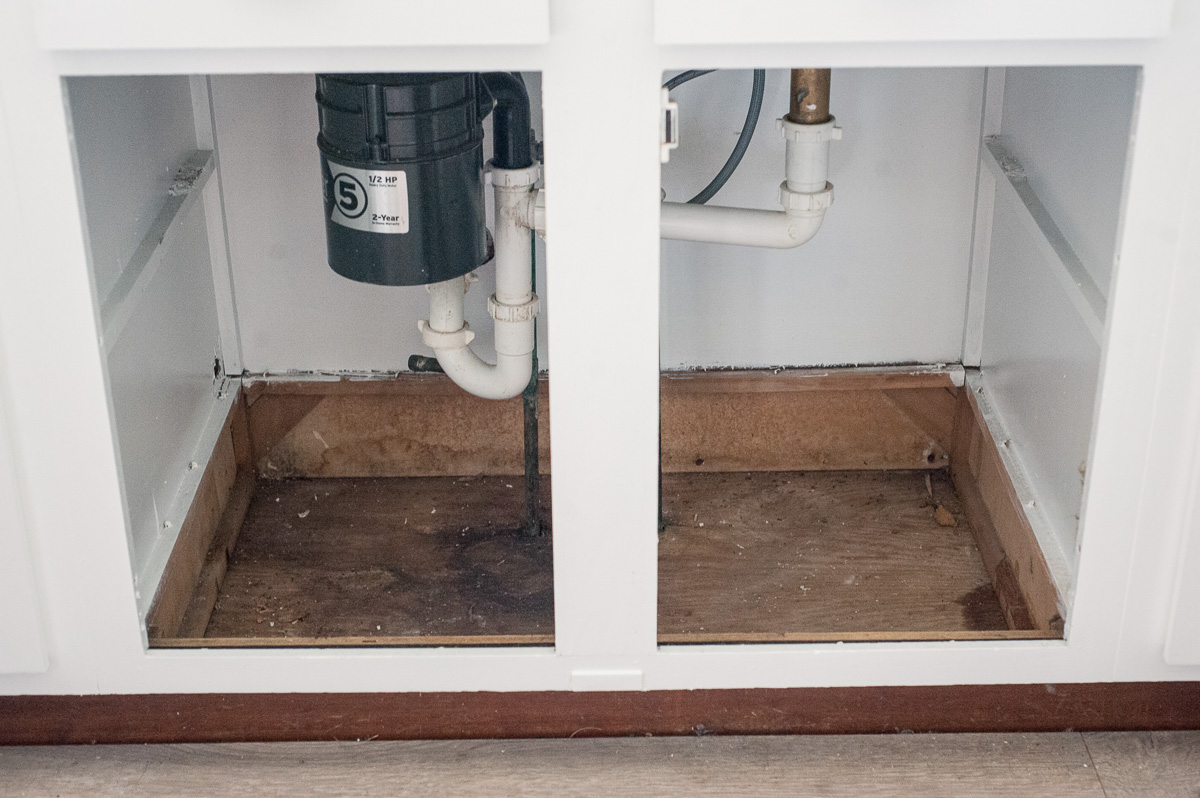




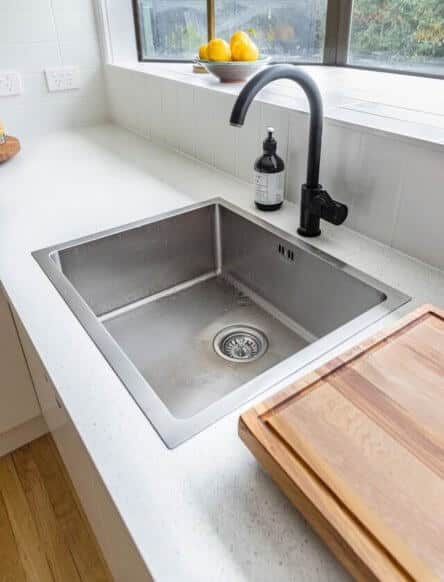




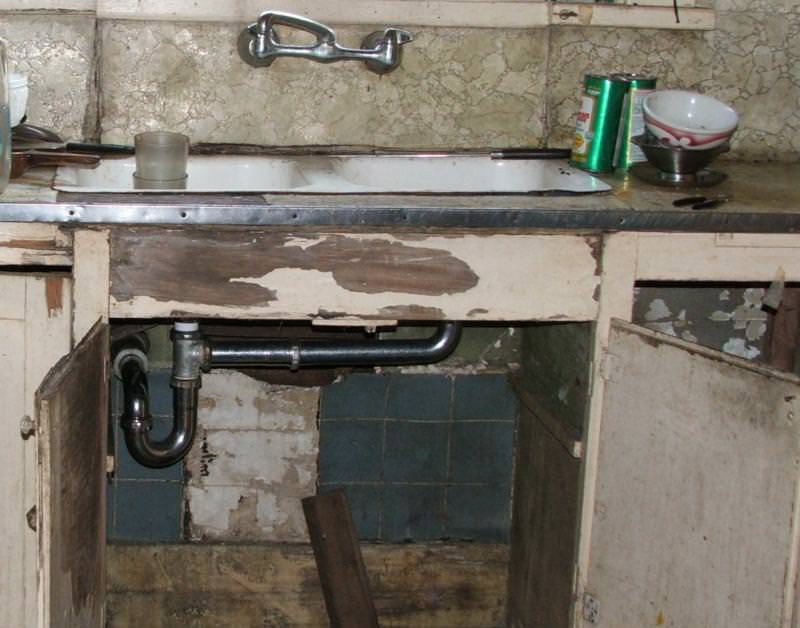





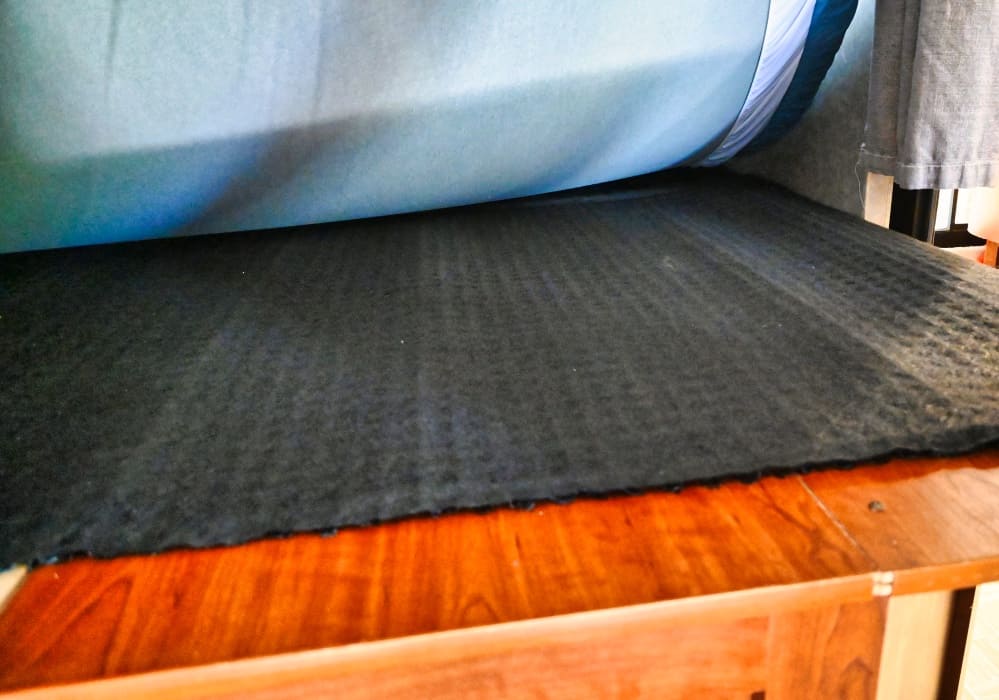







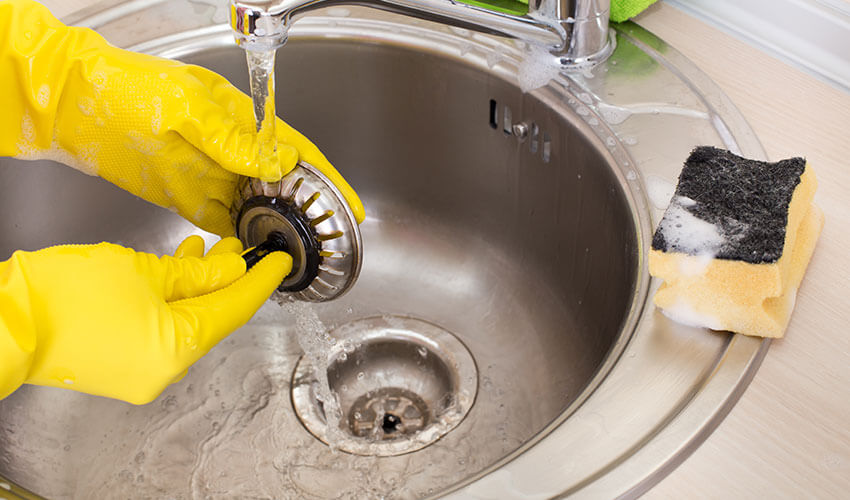







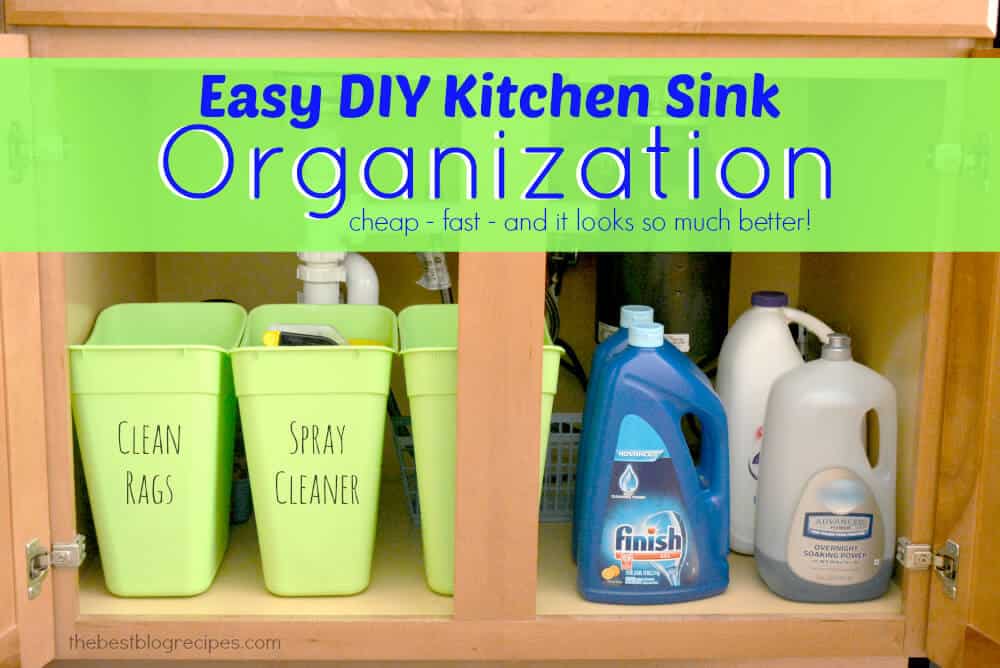
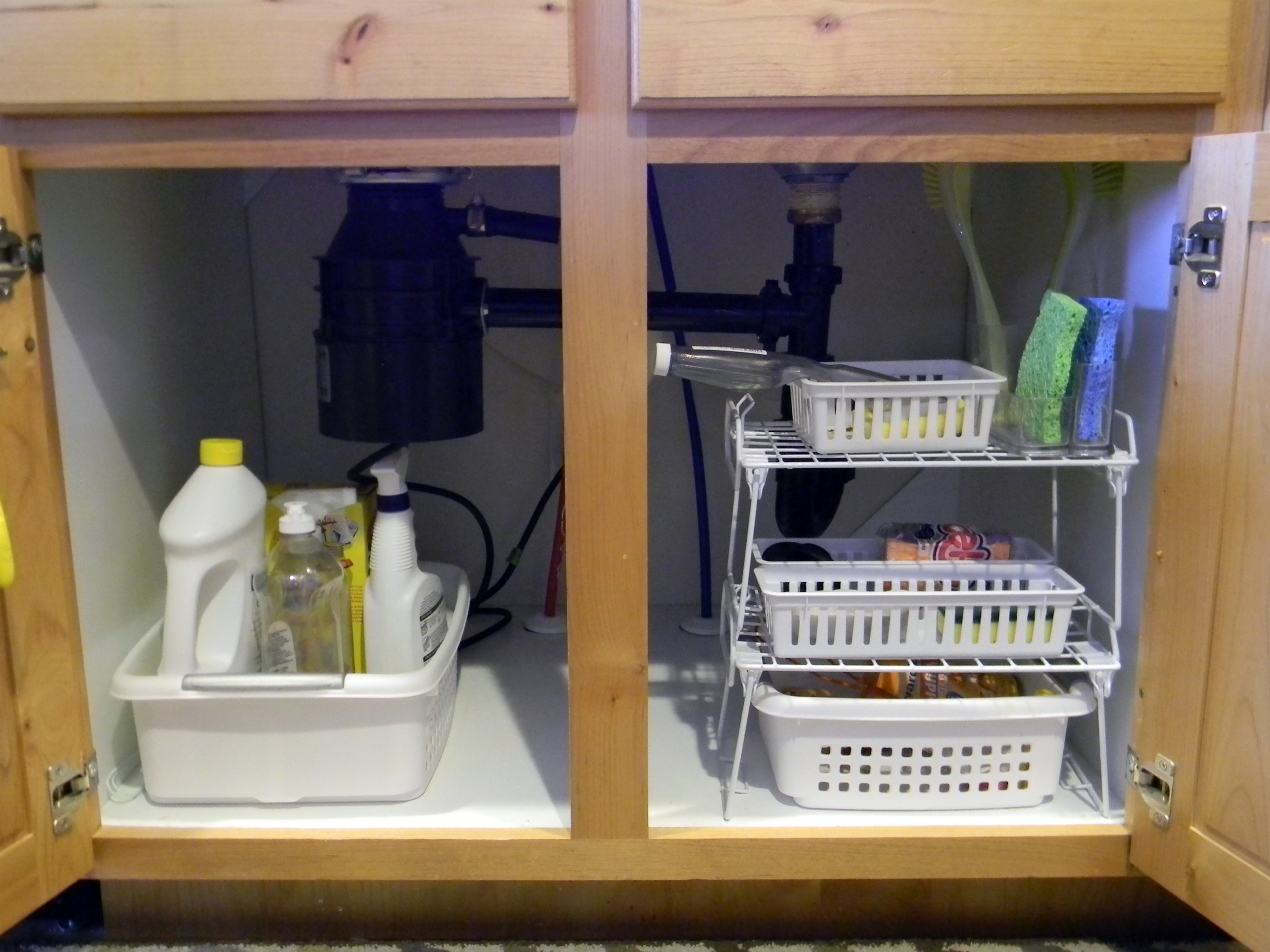






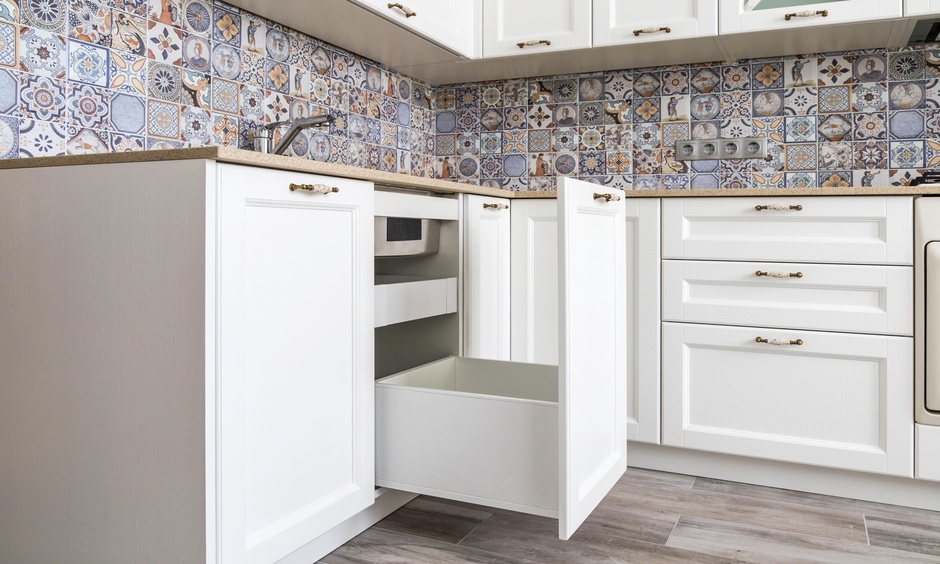







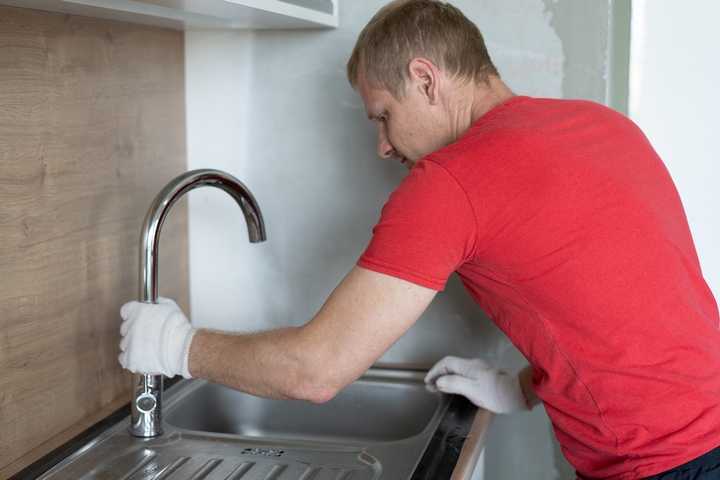






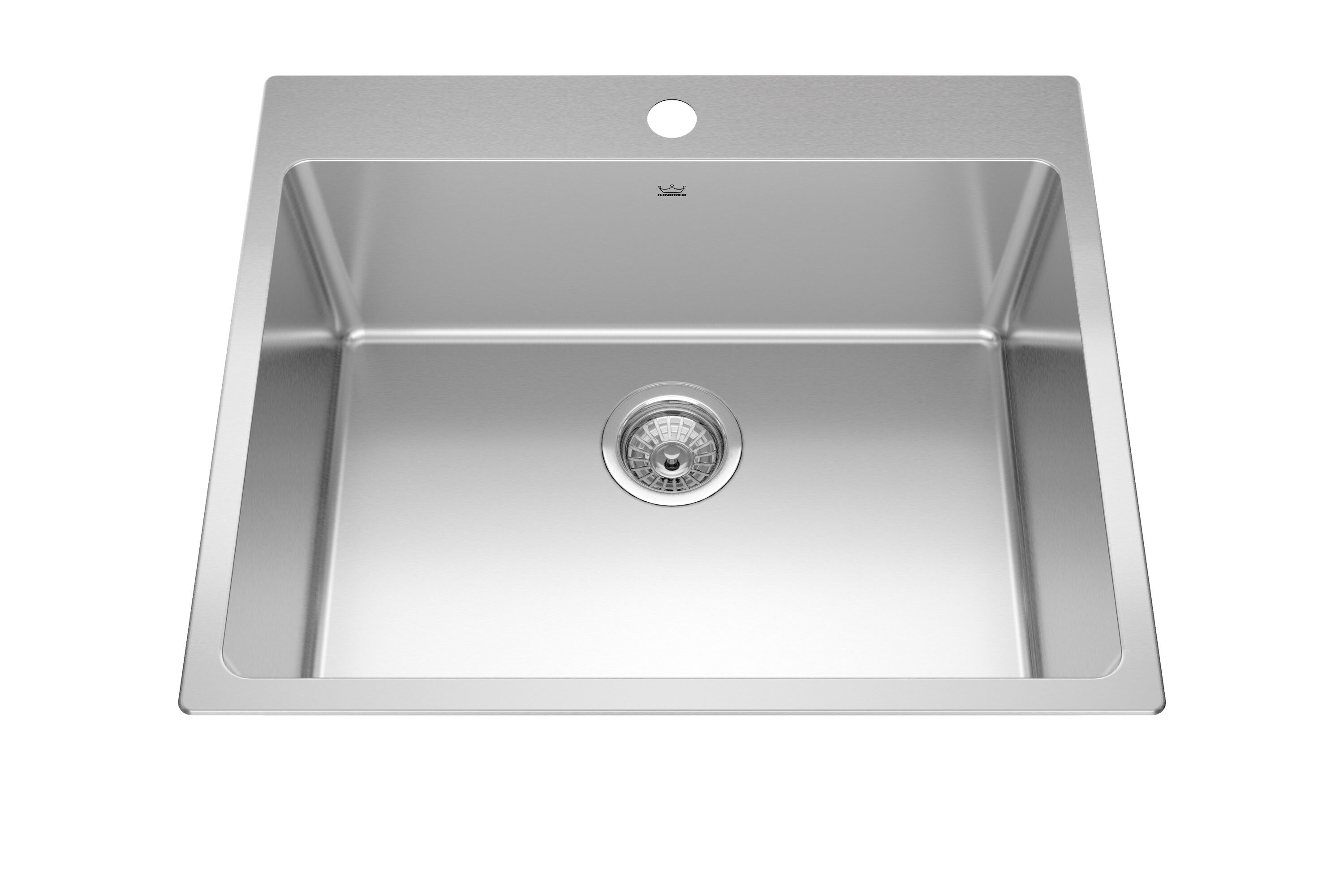



















:no_upscale()/cdn.vox-cdn.com/uploads/chorus_asset/file/6756551/28143764125_03956925c9_k.0.jpg)


